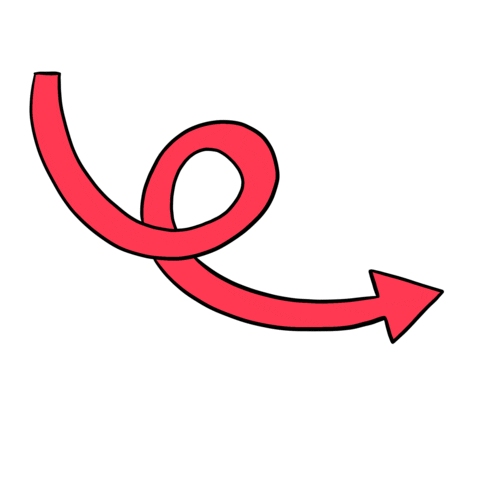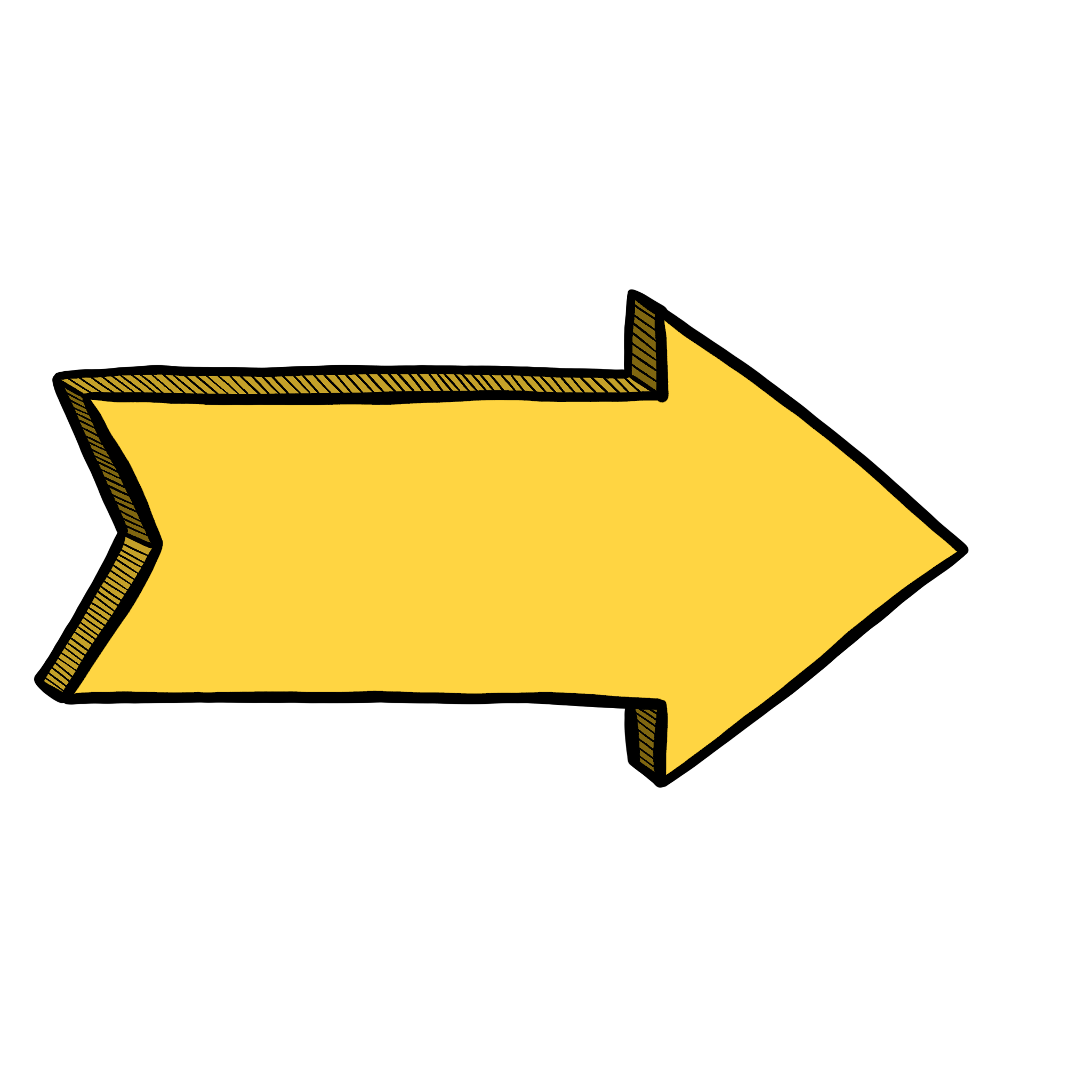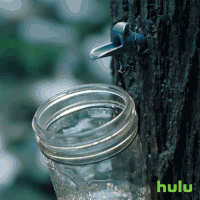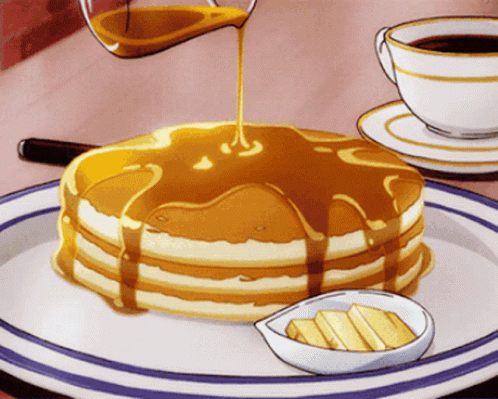Class 1
Virtual Photosynthesis Lab Practice
During this class, we will use a GIZMO (a virtual simulation of a process). In this gizmo you will be able to modify some factors that affect photosynthesis, among them: light intensity, light color, temperature and level of CO2.
You will work in pairs to solve a worksheet that must be uploaded in Schoology. Follow the instructions carefully and use the simulation following the steps from the activity:

Click here
to go to
the website



Class 2: Roots
Roots are usually underground, so we often do not notice them. But, for many plants, the roots take up just as much space as the above-ground parts of the plant:
Roots also contribute to the photosynthesis process by absorbing water from the soil. But this is not the only function they have, so let's learn more about roots!
1) Visit the BYJUS website. Write and draw all the functions of the roots (They are 5)
2) We make use of many roots
that store food.
The plant stores the food for its
own use, but we can also eat
this food.
Choose two different roots that
humans eat as food, investigate
what are the nutrients they contain
and describe how we use the root for food.
3) Suggest why most plants die very quickly if their roots are cut off
4) This is a microscopic picture
of a root. Explain how root hairs
help plants to absorb a lot of
water in a short time.
We have seen that the roots of a plant absorb water and minerals. How are these transported from the roots to all the other parts of the plant?
Just like most animals, plants also have a transport system that allows them to move substances from one organ to another, this system has two types of vessels: their names are XYLEM and PHLOEM (xilema y floema en español).
Today we will learn more about these "tubes", so let's watch the video and complete the following classwork:
1) After watching the video, answer the following questions:
a) How is maple syrup obtained?
b) Do plants "sweat"? Explain your answer
c) How can we tell the age of a tree? Explain your answer
2) Visit the byjus website and complete this chart on your notebook:
3) Draw one of the following diagrams showing where are the xylem and phloem tubes located (Choose ONE diagram only):
4) Solve this little test to check what you've learnt:
Solve the first 7 exercises of this interactive worksheet:




Class 3: Do plants have a circulatory system?

VIDEO





Diagram 1
Diagram 2




